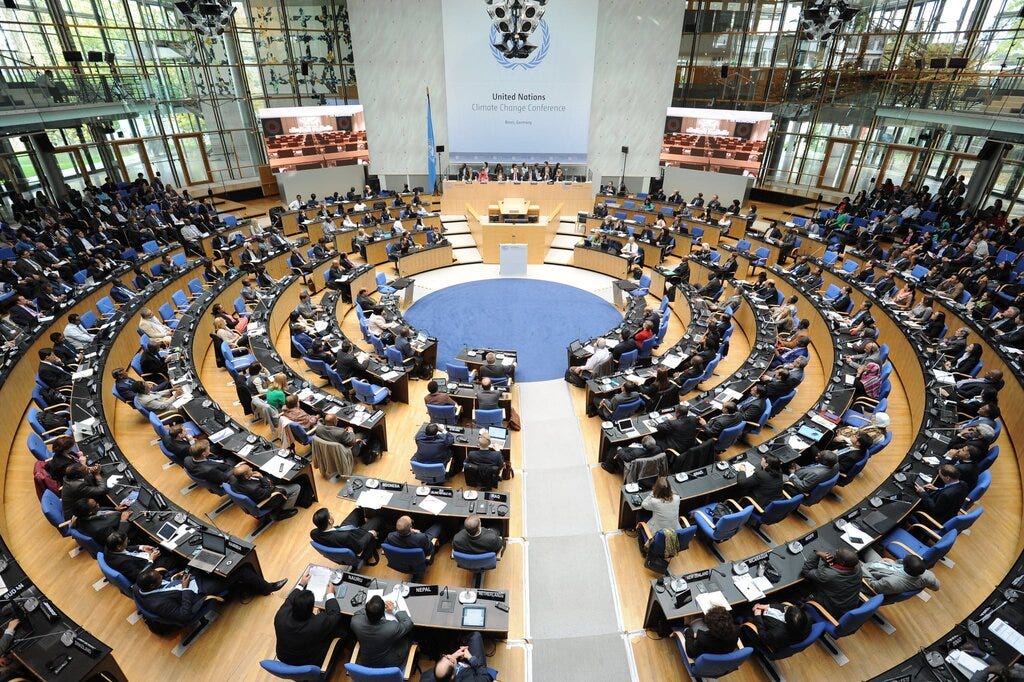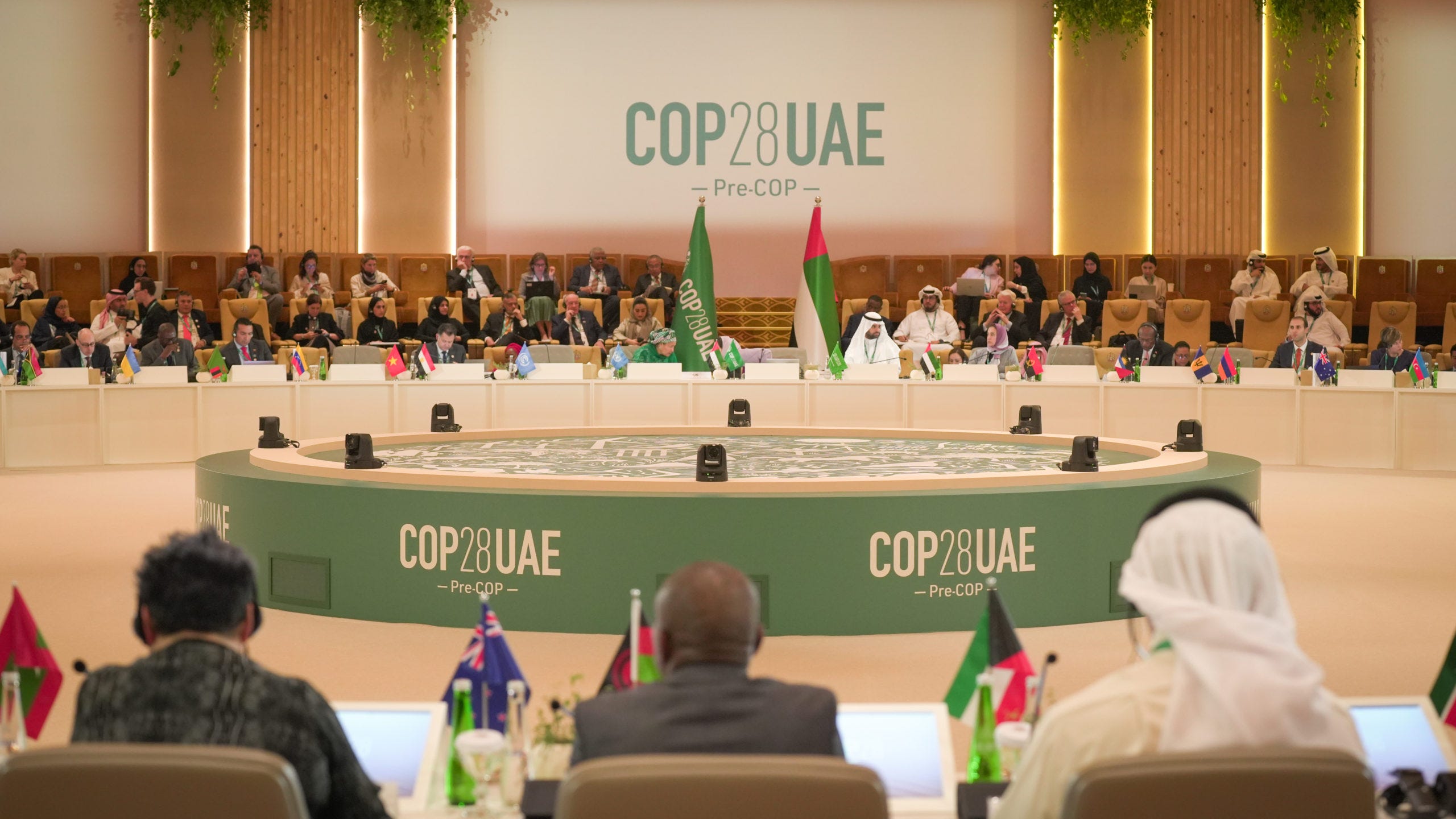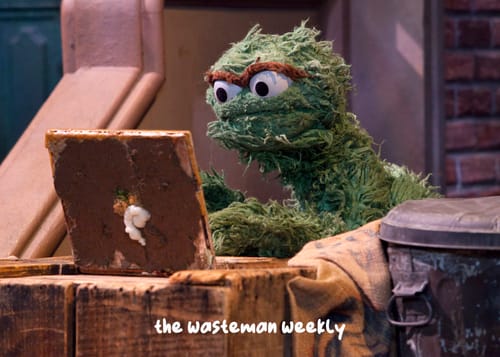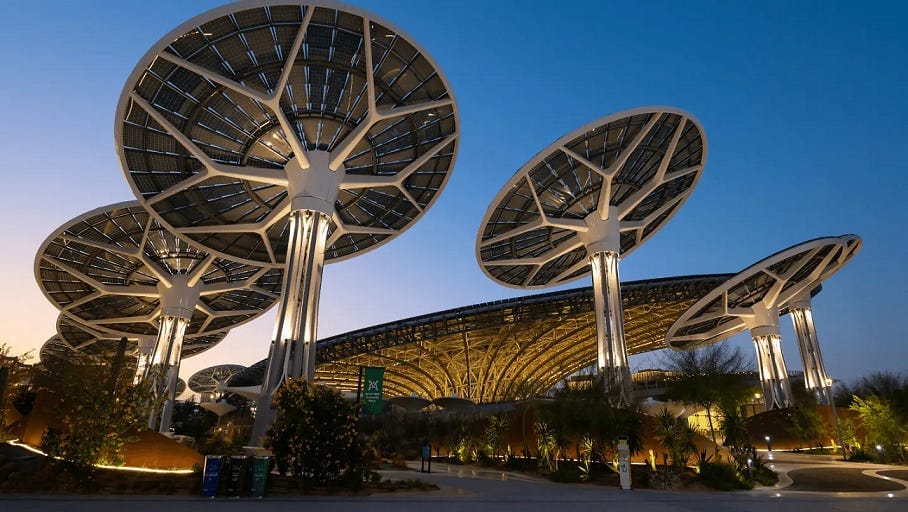COP is an annual "Conference of Parties" held by the UN's special climate change division in different international cities. The purpose of the event is to assess the progress of previous year's goals and commitments, and facilitate negotiations for new and future global climate agreements. Every November/December the UNFCCC brings nearly 200 national reps along with nearly 20,000 others to talk climate on the world's biggest stage - kind of like an annual climate change world cup... more on this later.
COP initially began back in 1995 and has since been the birthplace of significant climate policies that you may or may not have heard of, like - The Kyoto Protocol, The Montreal Action Plan, and The Paris Climate Accords, just to name a few. Much of the focus for the past decade has been on advancing the goals set out in the latter, a legally binding international treaty on climate change adopted by 196 countries. But each COP has its own theme to it, and this year's conference is centered around "a global stocktake"- taking inventory of each nation's progress toward meeting the goals of the Paris Agreement.
Newsflash
We're not doing so great...

How it's Set Up
The COP layout is split up by zones, and for the sake of understanding, let's talk about it in terms of a World Cup match -
The world is like the pitch.
Unfolding before our eyes, you can see it in person and on tv, its the game we're playing with our climate. Companies arguing with refs and trying to sidestep regulations, nations scoring goals and taking penalties, faking injuries, and arguing with teammates. All the while, the clock is ticking, and unfortunately for us, this match doesn't have any additional minutes when time runs out.
The Blue Zone is kind of like the suites.
The big-shots aka reps of the assembled nations, are up sitting above everyone in the stands. They're conducting negotiations, talking progress (or lack thereof), striking deals, and rubbing shoulders with other celebrities, CEOs, and dignitaries that have been granted (or paid for) VIP credentials as well. They'll check in on the game here and there, but mostly attend to make moves you won't hear about until it becomes official news.
Just outside the Blue Zone, you'll often have Demonstrators
Think of your streakers, protestors, and un-ironically your climate-activists looking to make a statement. I guess some things stay the same, whether we're talking about soccer or politics.
Next is the Green Zone, aka the general public.
This is where you'll find an expo like layout with mostly NGOs and companies hosting speakers, events, activities and more. It's like buying a ticket to be on the stadium grounds, you get to take in all of the cool structures and atmosphere, maybe spot a celebrity or two, and take a few selfies to stick on your Linkedin. Best of all, many are traveling from halfway across the world just to attend- think of all those emissions, oh the irony.
Finally, we have our official side events
Generally taking place at nearby hotels and conference centers, here is where you'll see the likes of the World Climate Summit, WBCSD, and WEF among others like The New York Times, Bloomberg, and The Economist hosting 1-2 day events. And of course you can't forget about the host country - they're always putting on a show or two, after all, this is a huge tourist attraction and economic opportunity.

Yay or Nay
If you're looking for an answer of whether COP is either good or bad, it's debatable as there's validity to both sides.
- There have been some very effective legislative vehicles that have resulted from previous meetings and everyone can agree on the importance of having world leaders align on the state of climate change.
- However many would still argue the conference has become heavily subjected to bureaucracy and corruption, and risks becoming a novelty event used for marketing prowess and big-wigs to make decisions on behalf of the entire population.
It's needless to say that the outcomes and deliberations at COP are still important to keep an eye on, and at least for now will dictate much of our governing outlook on climate strategy.
What to Take From This
If I'm to highlight one aspect I'd like to see development in, it would be stakeholder ownership. Keeping climate talks and decision making at the top-level and with incumbent politicians often results in significant roadblocks to implementation of plans and disinterest or de-prioritization of commitments. Including ground-level and invested stakeholders and imparting on them power and responsibility is likely to see a major shift in how we move forward before our World Cup match is over.








